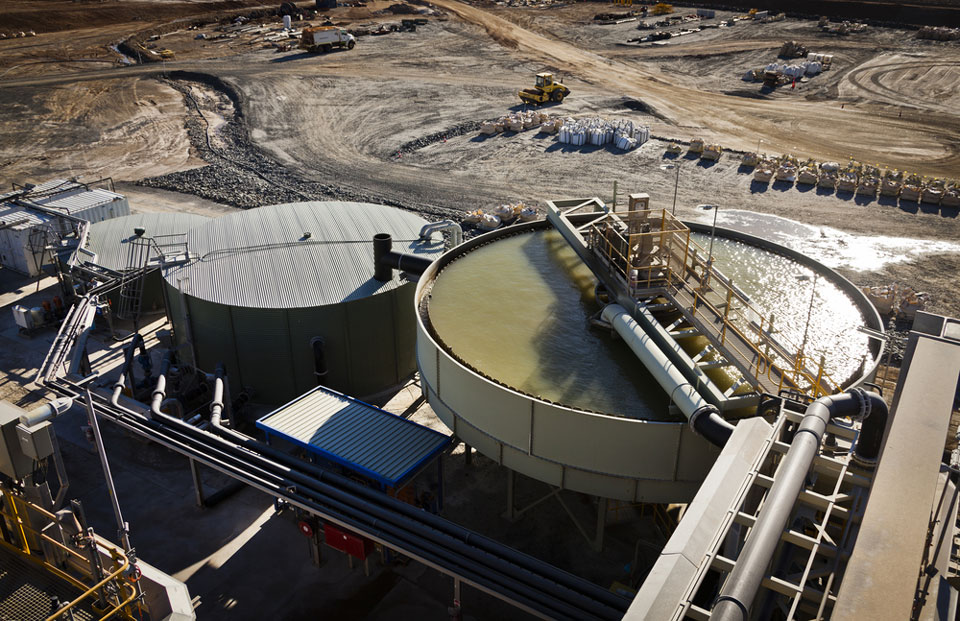The Lithium Economy: Powering the Future of Electric Vehicles

When it comes to important elements on the planet Earth, few rise up to the status of lithium. This can come as a surprise, it’s not nearly as talked about as some of the more interesting ones. Elements like hydrogen and uranium have been much more prevalent in the media over the past few years. Yet when one thinks about where lithium is used, batteries, it’s suddenly made clear why it has such importance.
Batteries have not only been around for a long time, but are rapidly growing in importance. The emergence and popularization of the electric vehicle is the driver of this change. While lithium currently sees use in a range of fields and technologies. Most prominently lithium has been used within phones and other advanced technologies recently. The future undeniably sees lithium being used for two primary uses, energy storage and electric cars.
This isn’t to say there aren’t other important uses. On top of electric cars there are electric bikes, skateboards, and other similar alternatives. Science also heavily relies on the use of lithium for processes like ion exchanges and solvent extraction. The difference with electric cars is the sheer projected volume. Today 500,000 metric tons are in demand, by 2030 the projected number is three to four million.
Of course that number could be off, but here’s an example to help visualize. Currently there are 22 million tons of usable lithium held in reserves across the planet. This is enough to create just about 2.5 billion batteries for electric cars. These batteries use around eight kilograms of lithium on average, no small number. This is the supply, and the demand, with the expectation of net zero energy, is two billion.
While possible, this is a remarkable amount of a finite resource to utilize on one specific product. Consequently the price of lithium has been skyrocketing. Interestingly, lithium has a very different role in different regions of the planet. Currently two countries account for the majority of all lithium supplies, Chile and Australia. This gives them an immense amount of power over the market as the demand continues to rise year after year.
Countries that demand a lot of lithium, such as the U.S, for example, tend to hold much smaller reserves. The U.S, big a nation as it is, accounts for under 4% of the global lithium reserves. Mining as an industry is booming for a lot of specific materials. As nations continue to industrialize and become larger, efficiency is key. Less effective and efficient resources simply aren’t cutting it anymore.
To understand this look again at batteries. There are many different types of batteries, more commonly there are lead-acid batteries and nickel batteries. These batteries, while useful in select circumstances, are far less efficient than lithium batteries. They provide inconsistent voltage, have less energy density, and have far less longevity. These issues can be accounted for, but the simple reality is lithium batteries are in a class above all others.
The superiority of lithium batteries is exactly what is creating its demand. Luckily, lithium, while heavily in demand, is somewhat reusable. Lithium, as mentioned earlier, sees a lot of use in scientific processes. These processes are distinctly great at efficient use of lithium. For something like solvent extraction this means almost 100% of the lithium used is recovered. Even for less efficient processes like ion exchanges, the rate only drops to 80% at worst.
This is great and all, but what about lithium batteries? Here a wider range is seen in exactly how much lithium can be recovered. Depending on the processes, anywhere from 0-80% of the lithium can be recovered. Importantly though, this is in batteries as they reach the end of their use. These batteries are effectively out of energy and even then only 80% of the lithium can be recovered at best.
In practice, this recovered lithium is predicted to account for 6% of the lithium production in 2030. While this is no small amount, it does make one wonder where the rest will come from. Currently the largest reserves of lithium reside in Chile, although Australia is the world’s largest producer. Other prominent reserves exist in Ukraine, Siberia, Thailand, and China.
In other words, as lithium grows in importance more and more places will start dipping into the reserves. Energy, specifically batteries, even more specifically batteries used in electric cars, absolutely needs lithium. Currently the question of how to effectively use lithium is an important one. Luckily, there is time. Energy today would not be the same without lithium. Now the question is how to hold onto it.
Written by Brian Wallace.
Have you read?
The Global Passport Index: The World’s Most Powerful Passports.
Countries With The Most Billionaires, 2023.
Top CEOs in Switzerland, 2023.
Biggest banks in the world, as measured by total assets, 2023.
The World’s Richest Self-Made Women, 2023.
Ready to join the CEOWORLD magazine Executive Council– Find out if you are eligible to apply.
Bring the best of the CEOWORLD magazine's global journalism to audiences in the United States and around the world. - Add CEOWORLD magazine to your Google News feed.
Follow CEOWORLD magazine headlines on: Google News, LinkedIn, Twitter, and Facebook.
Copyright 2025 The CEOWORLD magazine. All rights reserved. This material (and any extract from it) must not be copied, redistributed or placed on any website, without CEOWORLD magazine' prior written consent. For media queries, please contact: info@ceoworld.biz








